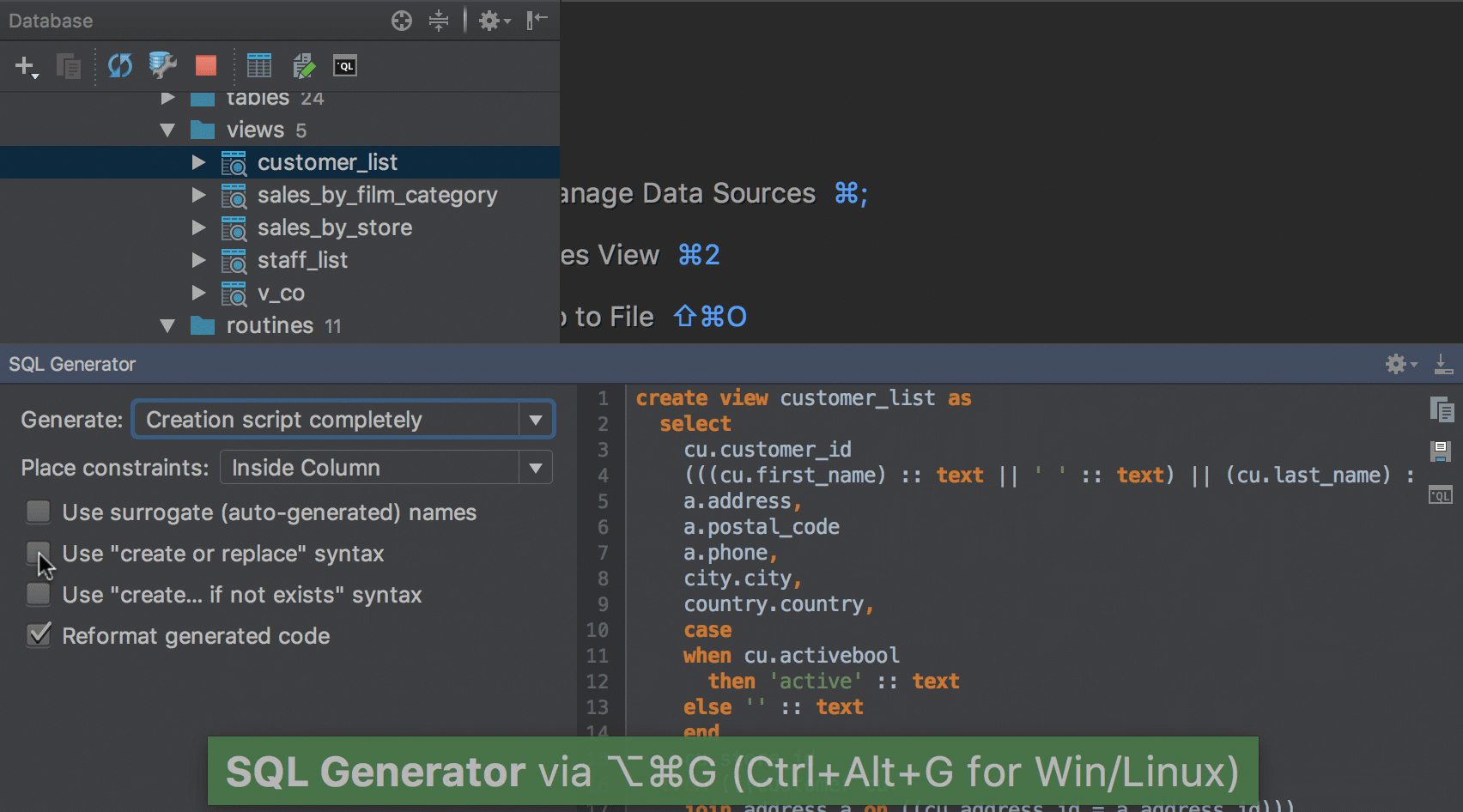
- DECRYPT NEXTAB NX1610132S PS UPDATE
- DECRYPT NEXTAB NX1610132S PS CODE
- DECRYPT NEXTAB NX1610132S PS PASSWORD
The size of the IV is typically the same size as the block size of the encryption algorithm. This is because the IV is a random value that is used to ensure that the same plaintext encrypted with the same key results in different ciphertexts.
DECRYPT NEXTAB NX1610132S PS CODE
However, the key size can have an indirect impact on the size of the encrypted data if the algorithm includes additional data, such as an initialization vector (IV) or a message authentication code (MAC), in the encrypted output.įor example, if an encryption algorithm includes an IV in the encrypted output, the size of the encrypted data may be larger than the size of the plaintext. The size of the encrypted data is typically determined by the size of the plaintext, which is the data being encrypted. In general, the key size of an encryption algorithm does not have a direct impact on the size of the encrypted data.
DECRYPT NEXTAB NX1610132S PS UPDATE
It is important to regularly review and update encryption practices to ensure the security of data. However, it is important to note that no encryption algorithm is completely secure and all algorithms can be broken given enough time and resources. Other encryption algorithms, such as AES, ARIA, Blowfish, CAMELLIA, CAST, CHACHA, DES3, DESX, ID-AES, RC2, SEED, and SM4 are generally considered to be secure and are used in a variety of applications. It is considered to be fast, but it has been shown to have vulnerabilities and is no longer considered secure for most applications.
DECRYPT NEXTAB NX1610132S PS PASSWORD
RC4 is a stream cipher that is widely used in a variety of applications, including internet communication and password storage. It is no longer considered secure because it is vulnerable to attacks and can be broken relatively easily with modern computing power. It uses a block cipher with a key size of 56 bits and includes 16 rounds of encryption. Unsecure algorithmsĭES (Data Encryption Standard) and RC4 are no longer considered secure for most applications.ĭES is a symmetric encryption algorithm that was once widely used, but it has since been replaced by more secure algorithms, such as AES. AES is currently the most popular encryption algorithm due to its strong security and widespread adoption. Overall, the popularity of an encryption algorithm depends on its security, performance, and standardization. DES is no longer considered secure for most applications, and RC4 has been shown to have vulnerabilities and is no longer considered secure for most applications.

These algorithms are also considered to be fast and secure, and they are used in a variety of applications.ĭES (Data Encryption Standard) and RC4 are not as widely used as they were once.

Other encryption algorithms that are widely used include Blowfish, CAST, and SEED. It has undergone extensive analysis and testing, and it has withstood various attacks and has not been successfully broken. It is widely used in a variety of applications, including the encryption of internet traffic, email, and sensitive data.ĪES is popular because it is considered very secure and is standardized by the National Institute of Standards and Technology (NIST).

PopularityĪES (Advanced Encryption Standard) is the most popular encryption algorithm out of the ones we have listed.

Give our universal encrypt/decrypt tool a try!Įncrypt or decrypt any string using various algorithm with just one mouse click.


 0 kommentar(er)
0 kommentar(er)
